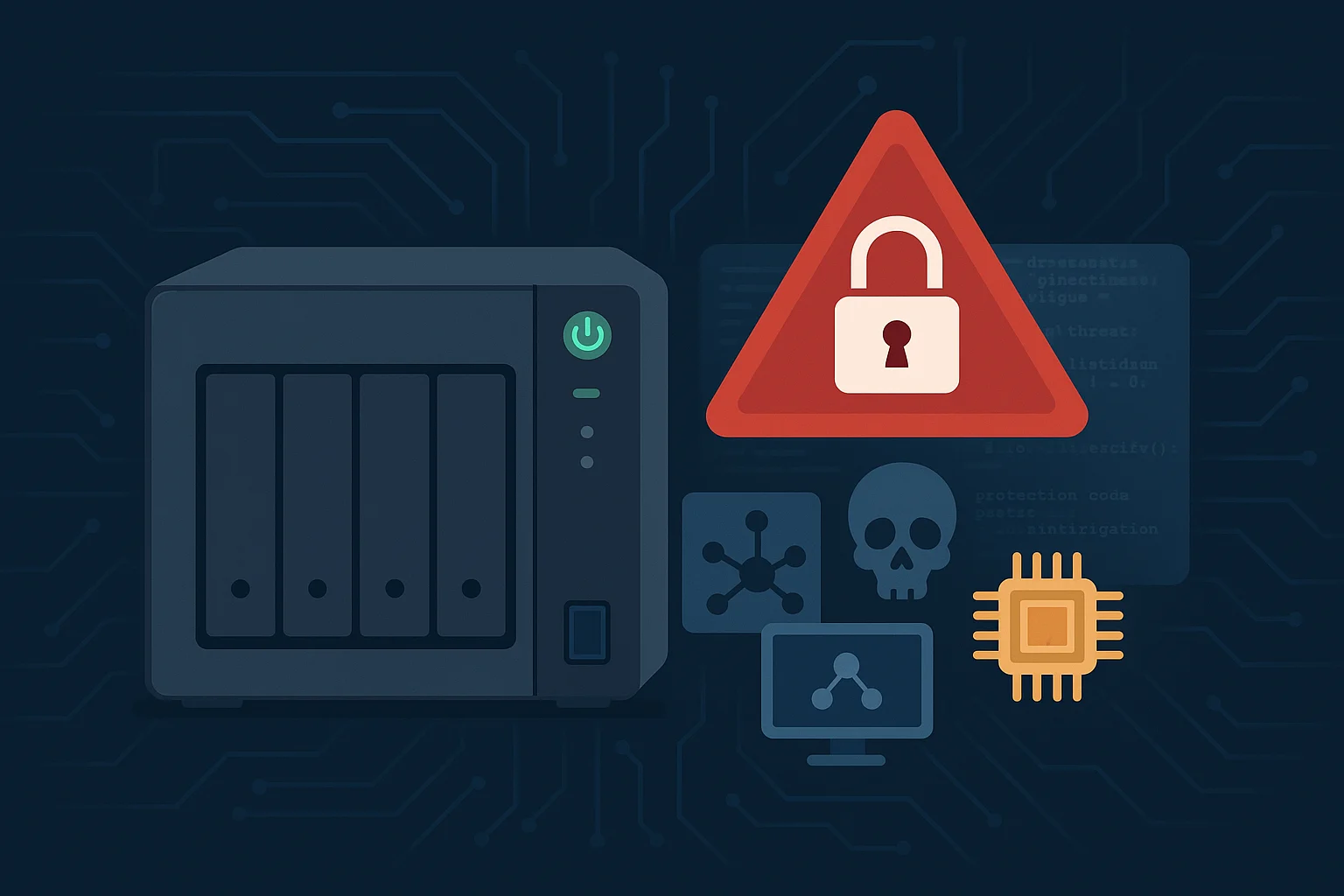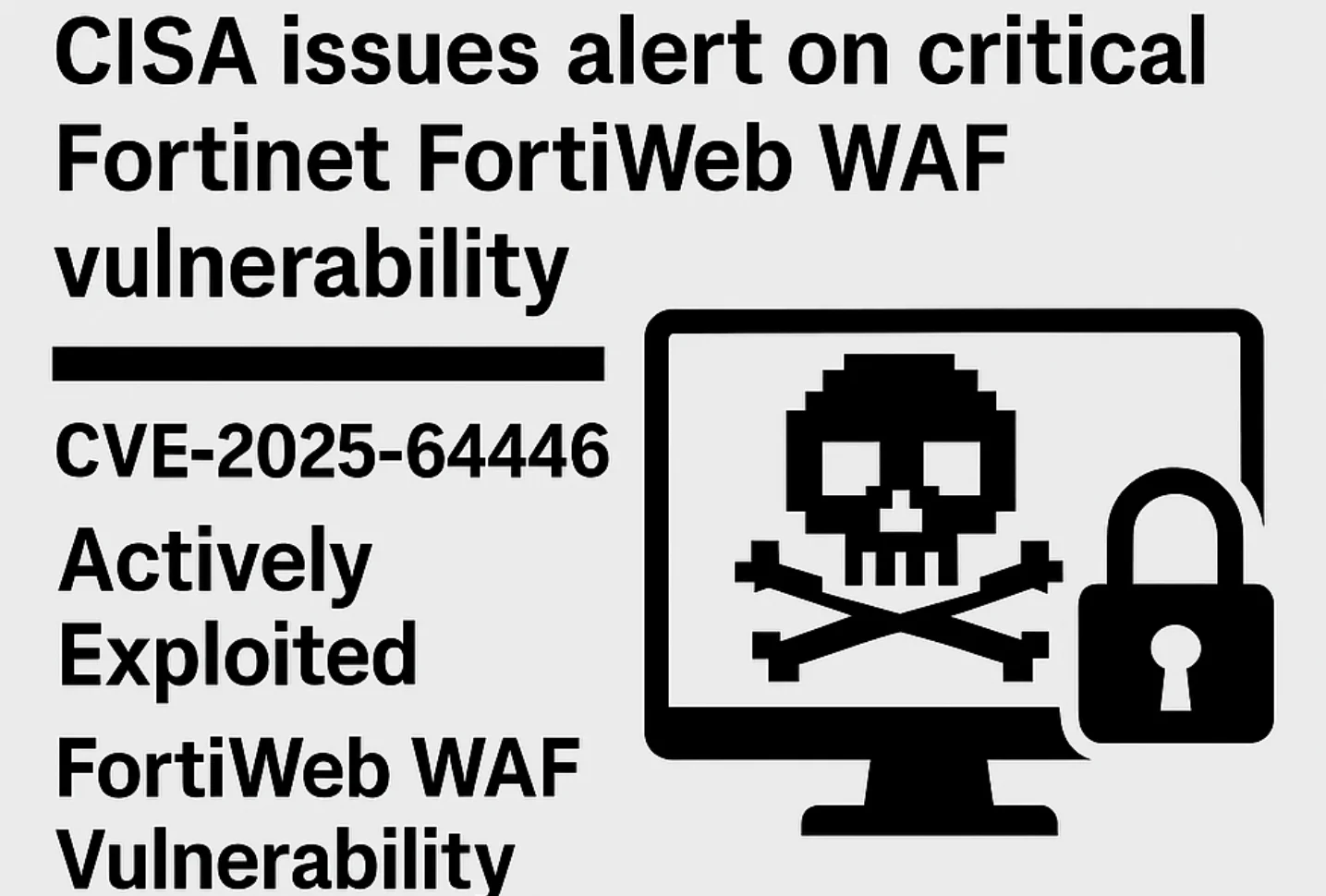A critical-severity security vulnerability has been discovered in W3 Total Cache (W3TC), one of WordPress’s most widely deployed performance optimization plugins with over 1 million active installations. The vulnerability, tracked as CVE-2025-9501 with a severity score of 9.0/10 (critical), affects all versions of the plugin before 2.8.13.
Read More








